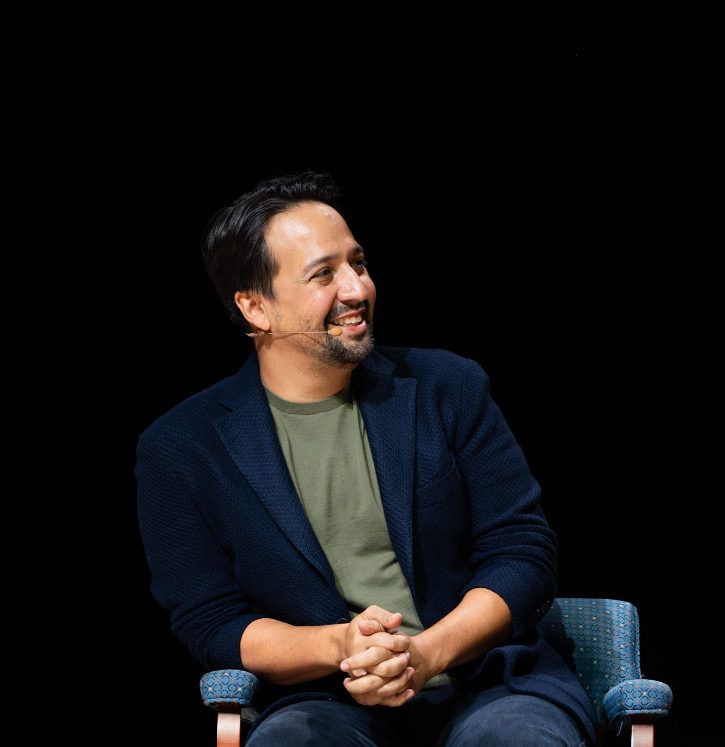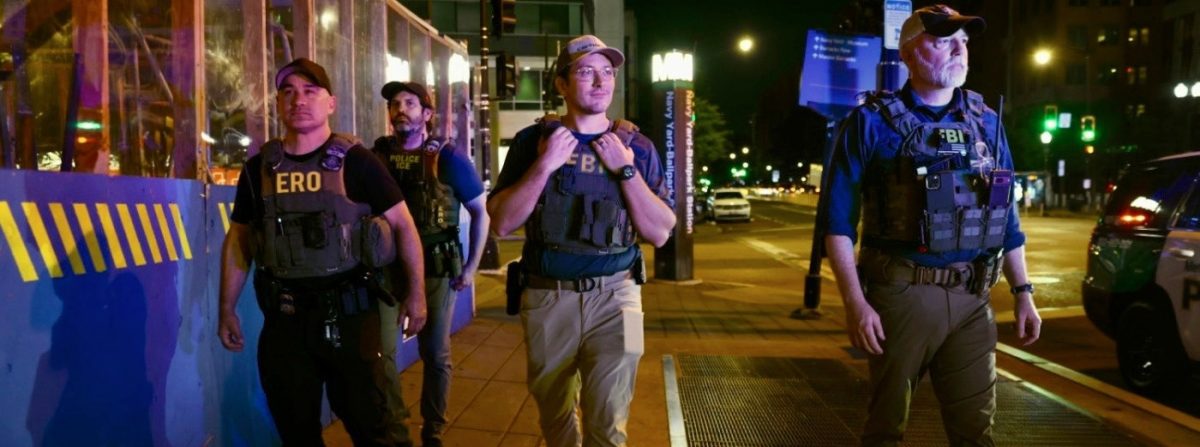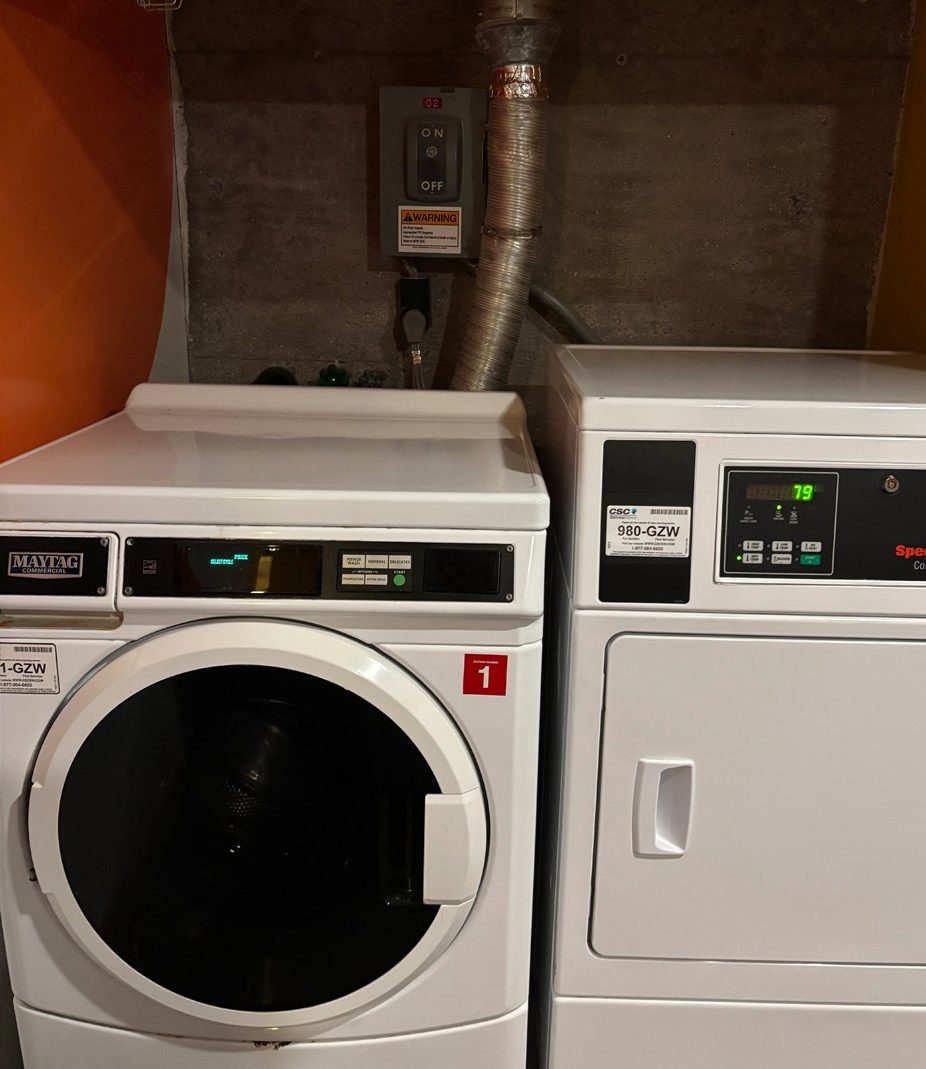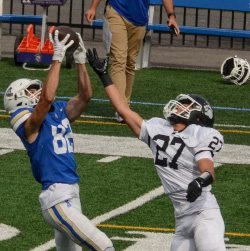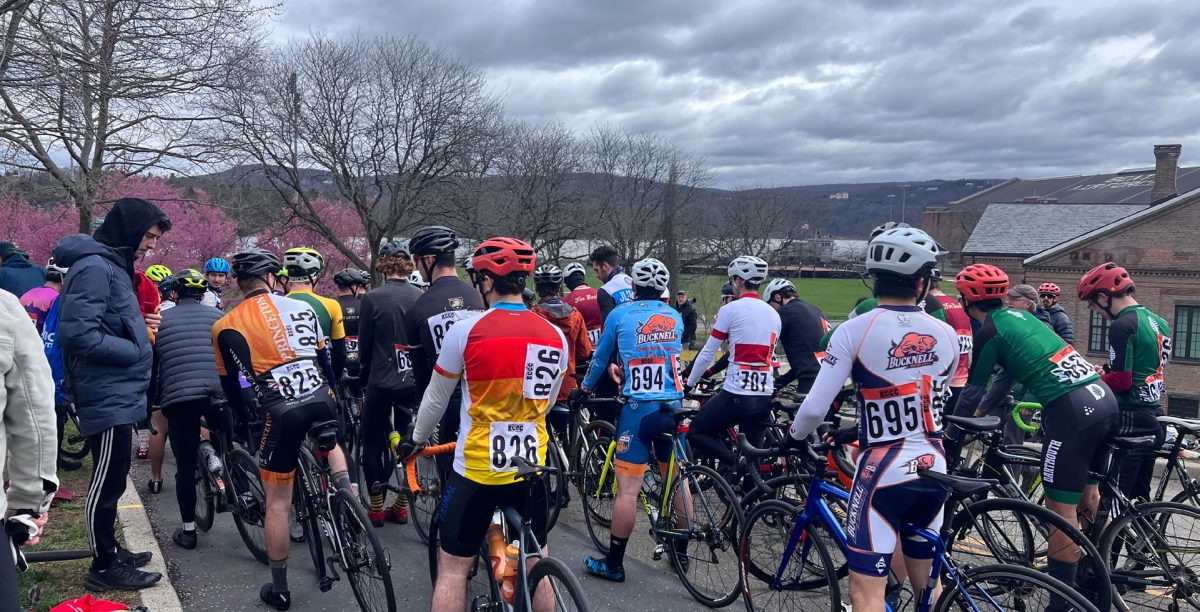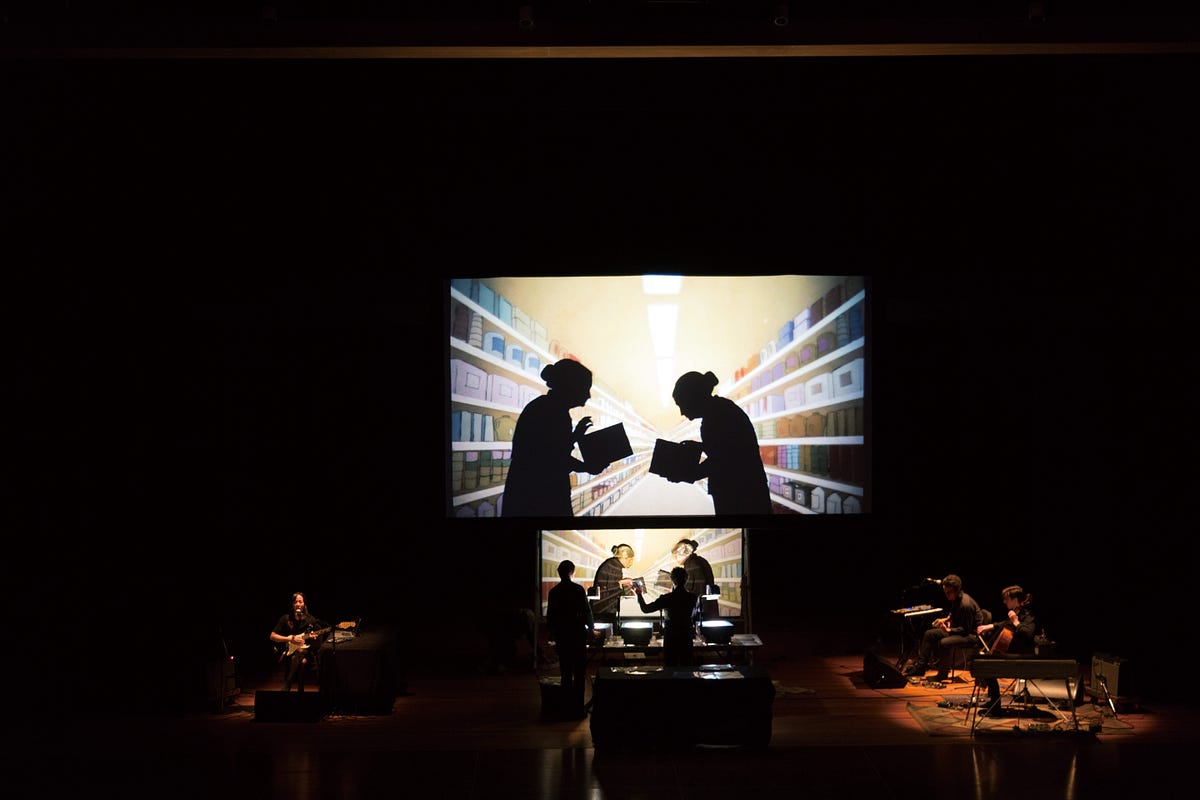
In a darkened performance hall, five puppeteers and three musicians are seen on stage. The puppeteers, who have their backs to the audience, move their hands furiously as shadows show up across the projected screen. Clips of two young girls, seemingly sisters, run across the screen while ominous music reverberates in the background. Finally, the audience witnesses the screen project the title of the night’s show:
Ada/Ava
.
Founded in 2010, Manual Cinema is a contemporary shadow puppetry performance group that combines shadow puppets with cinema. They are based in Chicago, IL, but visited the Hill as one of their tour destinations. The performance was a part of the Hamilton College Performing Arts Series and occurred on Feb. 16.
Manual Cinema boasts a number of collaborative works, including cinematic dance shows, musical scores, video productions, short documentaries, and more — all of which have been consistently well-received by a number of critics. In a collaboration with
The New York Times
, Manual Cinema helped to create shadow animations, a musical score, and sound design for their documentary short
The Forger
, which received an Emmy Award. Additionally, Manual Cinema has also created adaptations of stories and creative works for a Grammy award-winning ensemble, a
New York Times
Best Selling author, the Belgian Royal Opera, and various other museums around the country.
Ada/Ava
is one of the five original feature length live cinematic shadow puppet shows created by Manual Cinema, all of which touch on in- tense storylines. Premiering in 2013,
Ada/Ava
follows the life of Ada as she faces the loss of her twin sister, Ava, while they are both of old age. Deeply distressed over her sister’s death, Ada continuously lives in a supernatural world where the two of them are both alive and together. However, she finds herself confused and struggling to accept the reality of her sister’s death, creating a dark story of family, mourning, and death.
The most incredible part of the show was how
Ada/Ava
came to be a beautifully engaging story with mainly two-dimensional puppets, three vintage overhead projectors, and five puppeteers. Because of the nature of the performance, the puppeteers of Manual Cinema all stood on stage with their backs to the audience and all the puppets’ movements were projected onto a screen above them. Audience members could witness, however, the back-and-forth as puppeteers switched places or reached over one another. Two of the puppeteers played Ada and Ava and would walk across the projected screen to create shadows with more detailed and quicker movement. Besides the puppets and projectors, Manual Cinema also used a number of screens and live feed cameras to show how complex and intricate puppetry is as an artistic craft.
Another notable feature of
Ada/ Ava
was the lack of spoken words and the emphasis on live music. Throughout the entire show, audience members only heard words from a radio broadcast and when musician Quinn Tsan twice performed lyrics of a song. Otherwise, small sound effects, instrumentals from musicians Alexander Babbitt and Alexander Ellsworth, or silence filled the room. The music in most scenes was haunting and slow at times, creating an ominous vibe that added to the intensity of the story even more.
While the word “puppetry” often sparks a specific visual (childhood memories of old socks, sewn-on buttons, and bunches of yarn glued everywhere), as an art, it can be much more complicated and beautiful. Manual Cinema managed to take puppetry and craft it into a unique and contemporary performance that illustrated deep, profound stories.






